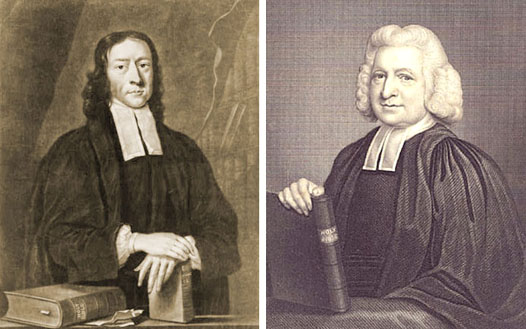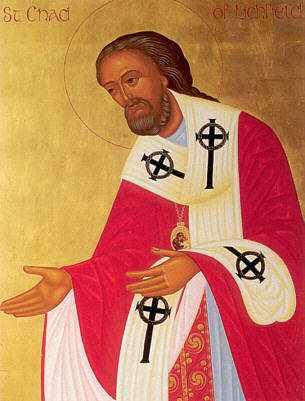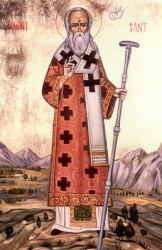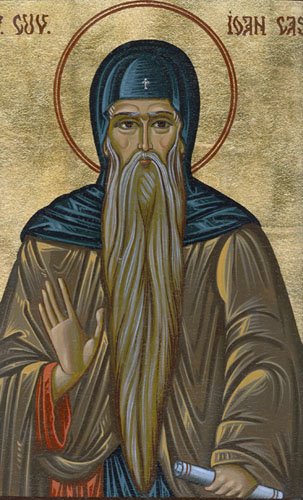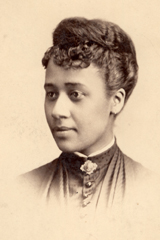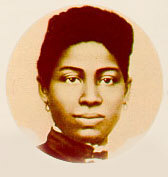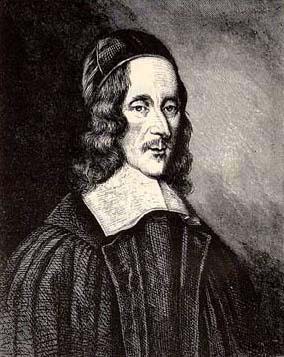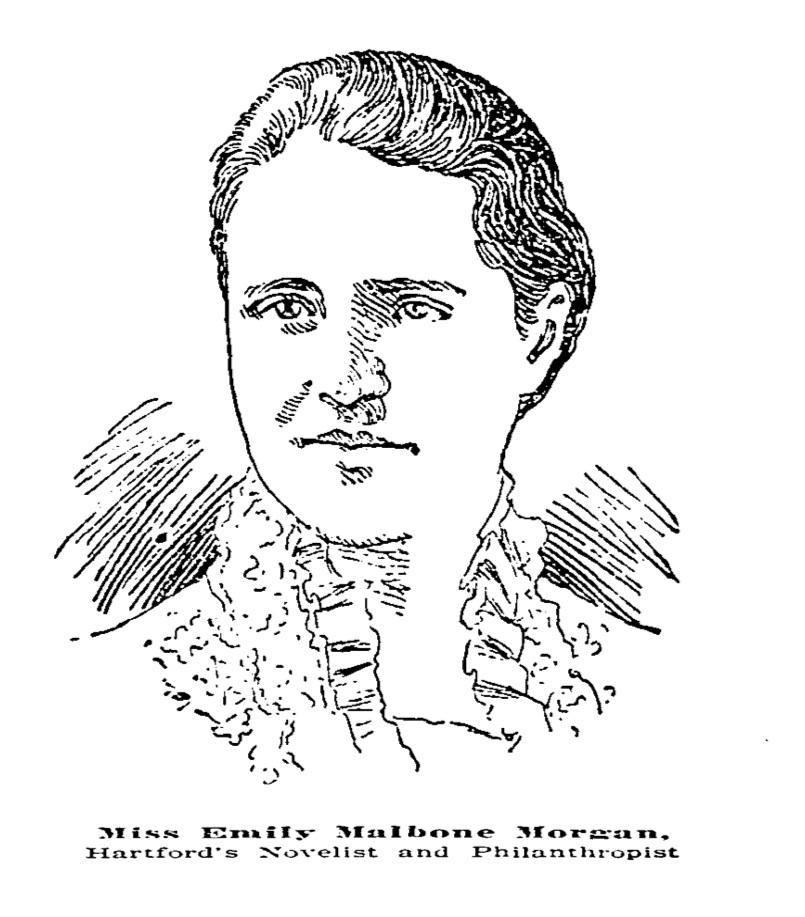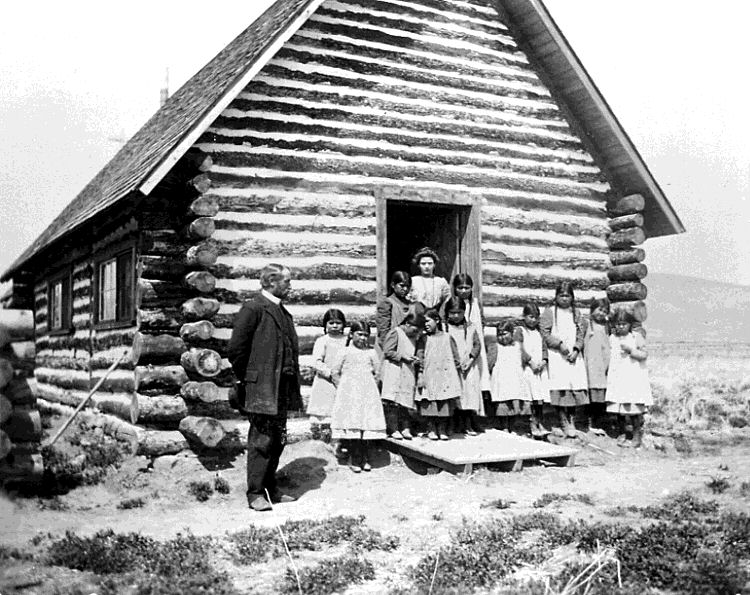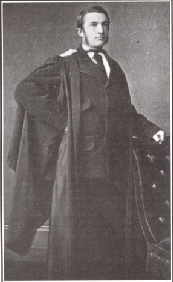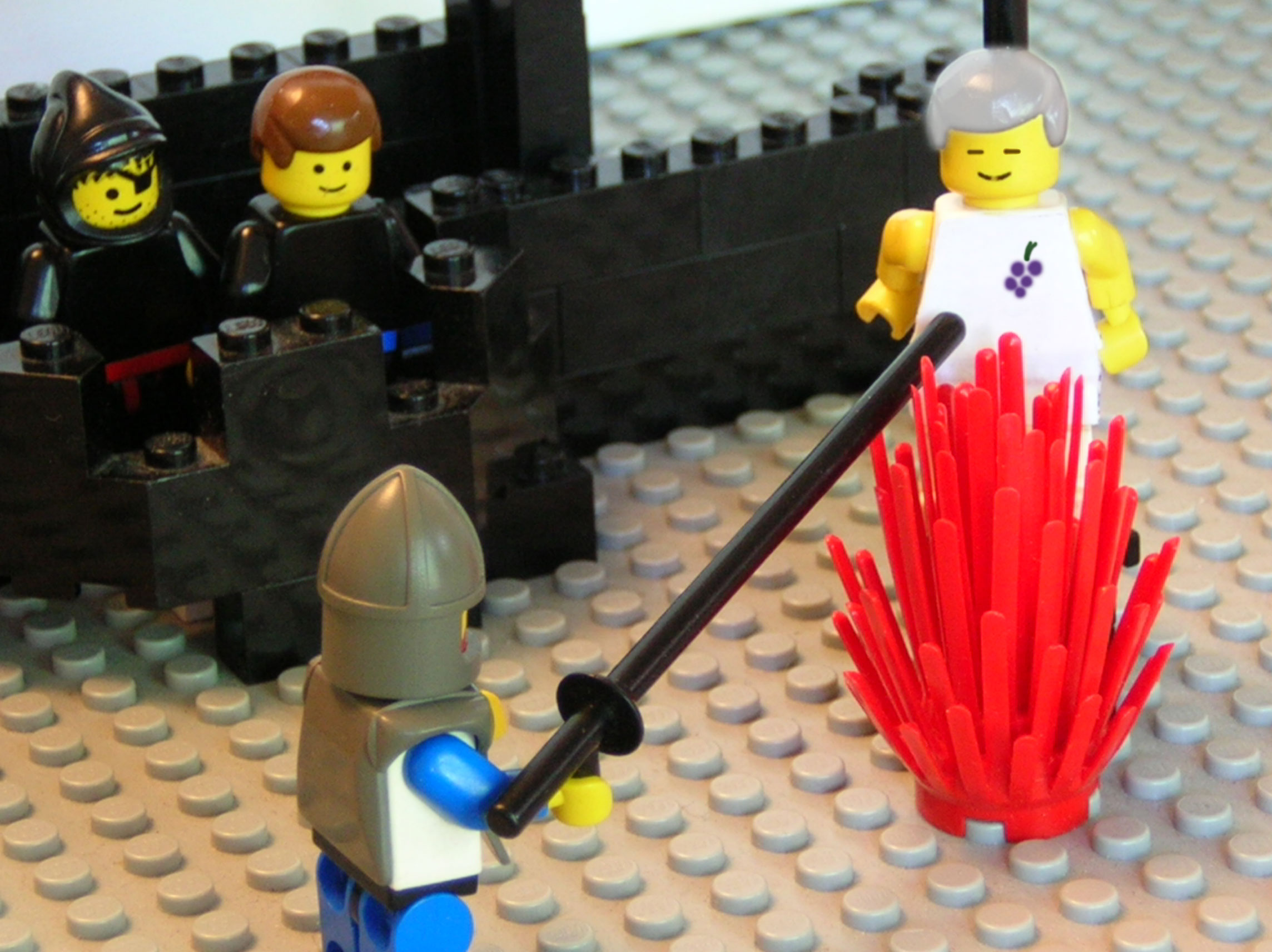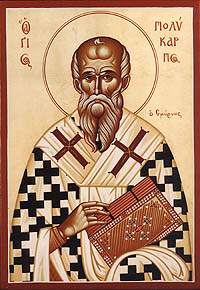Welcome to the Holy Women, Holy Men blog! We invite you to read about this commemoration, use the collect and lessons in prayer, whether individually or in corporate worship, then tell us what you think. For more information about this project, click here.
About This Commemoration
Born in 1757, Paul Cuffee was converted to Christianity in his early twenties. He was ordained in the Presbyterian Church becoming a famous preacher and missionary to the native communities around the present-day Mastic Beach, at Hampton Bays, and at Montauk, all on Long Island, New York. Known as “Priest Paul,” Cuffee was instrumental in working for the survival of native tribes. He demonstrated particular gifts in bringing together a strong witness to the Christian faith in dialogue with those who held traditional native beliefs.
Paul Cuffee strengthened the permanent presence of Native Americans in the area by establishing prayer meeting grounds in several locations. These became safe havens for diplomatic talks and places where native people could practice spiritually. He was a faithful advocate for his people and their way of life. Among the fruits of his efforts was the development of many allies of European descent, thus helping to ensure that Native Americans on Long Island could retain what little land they had left. Part of Cuffee’s legacy can still be seen in the ceremonial “June Meeting” for the Shinnecock tribe that includes a Christian worship service, a tradition that continues to this day. Paul Cuffee is remembered for being a “most eloquent speaker” and is mentioned in Uncle Tom’s Cabin, the famous anti-slavery novel by Harriet Beecher Stowe.
Priest Paul is buried on a tiny plot of land at Canoe Place in Hampton Bays, his historic gravesite diminished by development on the Long Island Railroad. His descendants continue mission work in the area that is a direct result of Priest Paul’s efforts. His gravestone reads, “Erected by the New York Missionary Society, in memory of the Rev. Paul Cuffee, an Indian of the Shinnecock tribe, who was employed by the Society for the last thirteen years of his life, on the eastern part of Long Island, where he labored with fidelity and success. Humble, pious and indefatigable in testifying the gospel of the grace of God, he finished his course with joy on the 7th of March, 1812, aged 55 years and 3 days.”
Collects
I Almighty God, who didst empower Paul Cuffee to be a powerful evangelist and preacher and so to win many souls for Christ among the Native Americans of Long Island: Help us to proclaim thy Word with power, in the Name of the same Jesus Christ; who with thee and the Holy Spirit liveth and reigneth, one God, for ever and ever. Amen.
II Almighty God, you empowered Paul Cuffee to be a powerful evangelist and preacher and so to win many souls for Christ among the Native Americans of Long Island: Help us to proclaim your Word with power, in the Name of the same Jesus Christ; who with you and the Holy Spirit lives and reigns, one God, for ever and ever. Amen.
Lessons
Isaiah 55: 1-5
Colossians 3: 12-17
John 16: 16-24
Psalm 100
Preface of Apostles
From Holy, Women, Holy Men: Celebrating the Saints © 2010 by The Church Pension Fund. Used by permission.
* * *
We invite your reflections about this commemoration and its suitability for the official calendar and worship of The Episcopal Church. How did this person’s life witness to the Gospel? How does this person inspire us in Christian life today?
To post a comment, your first and last name and email address are required. Your name will be published; your email address will not. The first time you post, a moderator will need to approve your submission; after that, your comments will appear instantly.
